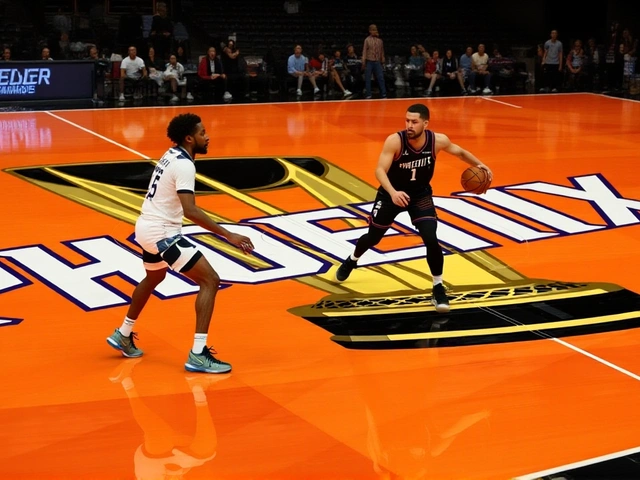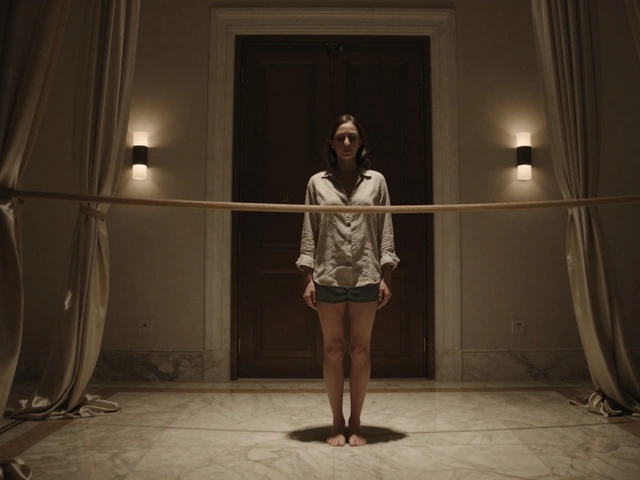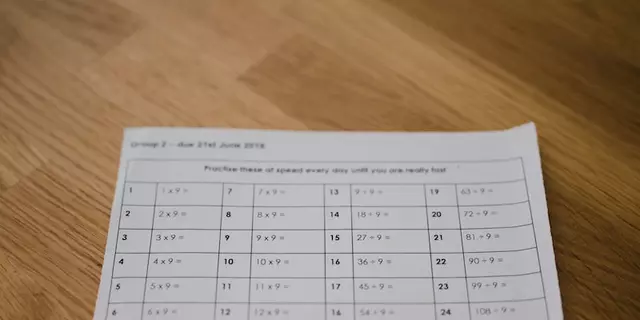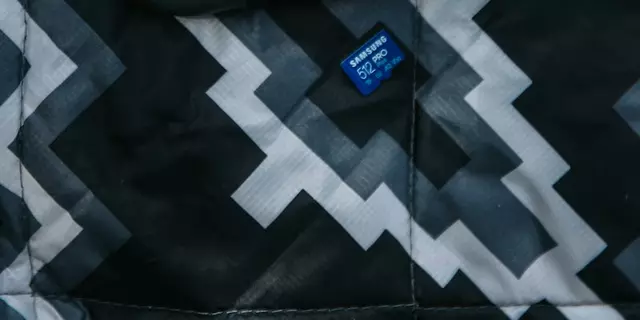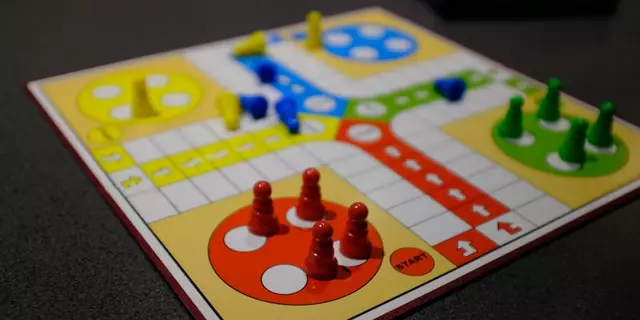Unity Game Development: Quick Tips to Upgrade Your FIFA 17 Hacks
If you’re messing around with FIFA 17 hacks, you’ve probably heard Unity mentioned a lot. Unity is the engine that powers tons of games, and it can help you create smoother mods, custom AI, and sharper graphics. In this guide we’ll walk through the essentials you need to get started, then jump into a few handy tricks that even seasoned modders love.
Getting Started with Unity
First things first – download the free Unity Hub and install the latest LTS version. When the installer asks what modules to include, tick the Windows Build Support and Android Build Support options (you’ll need them if you plan to test on multiple platforms). After launching Unity, create a new 3D project and name it something clear like FIFA17_Hack. This keeps your files organized and avoids confusion later.
Once inside the editor, you’ll see three main panels: Scene, Game, and Hierarchy. The Hierarchy shows every object in your scene, while the Inspector lets you tweak their properties. Drag a Cube into the scene to test that everything works – you should see a simple box appear in the Game view. If it shows up, you’re good to go.
Now, import the FIFA 17 assets you want to modify. Unity supports most common formats like FBX, PNG, and WAV, so just drag and drop the files into the Assets folder. When the assets appear in the Project window, you can start creating prefabs – reusable objects that keep your changes consistent across the game.
Advanced Unity Tricks for FIFA 17
One quick way to boost performance is to use Unity’s Sprite Atlas. Pack all UI icons, player faces, and small textures into one big atlas file. This reduces draw calls and makes the game run smoother on lower‑end PCs. To create an atlas, right‑click in the Project window, choose Create > Sprite Atlas, then drag your images into it.
Another game‑changing tip is to use ScriptableObjects for data like player stats or cheat codes. Instead of hard‑coding numbers, create a ScriptableObject that stores all the values. Then, any script that needs the data can simply reference the object. This makes tweaking numbers a breeze – just edit the asset in the Inspector and hit play.
If you want custom AI for your hacks, check out Unity’s NavMesh system. Bake a NavMesh on the stadium floor, then attach a NavMeshAgent component to any player model you want to control. You can now command the AI to move to specific points, dodge defenders, or chase the ball without writing low‑level path‑finding code.
Finally, don’t forget about post‑processing effects. Adding a simple Bloom or Color Grading profile can make the visuals pop, giving your hacked FIFA 17 a fresh look. Go to Window > Package Manager, install the Post‑Processing package, then add a Post‑Process Volume to your scene and enable the effects you like.
Those are the core Unity tricks that can level up any FIFA 17 hack. Start simple, experiment with the tools, and you’ll soon see how Unity makes modding faster and more fun. Happy hacking!
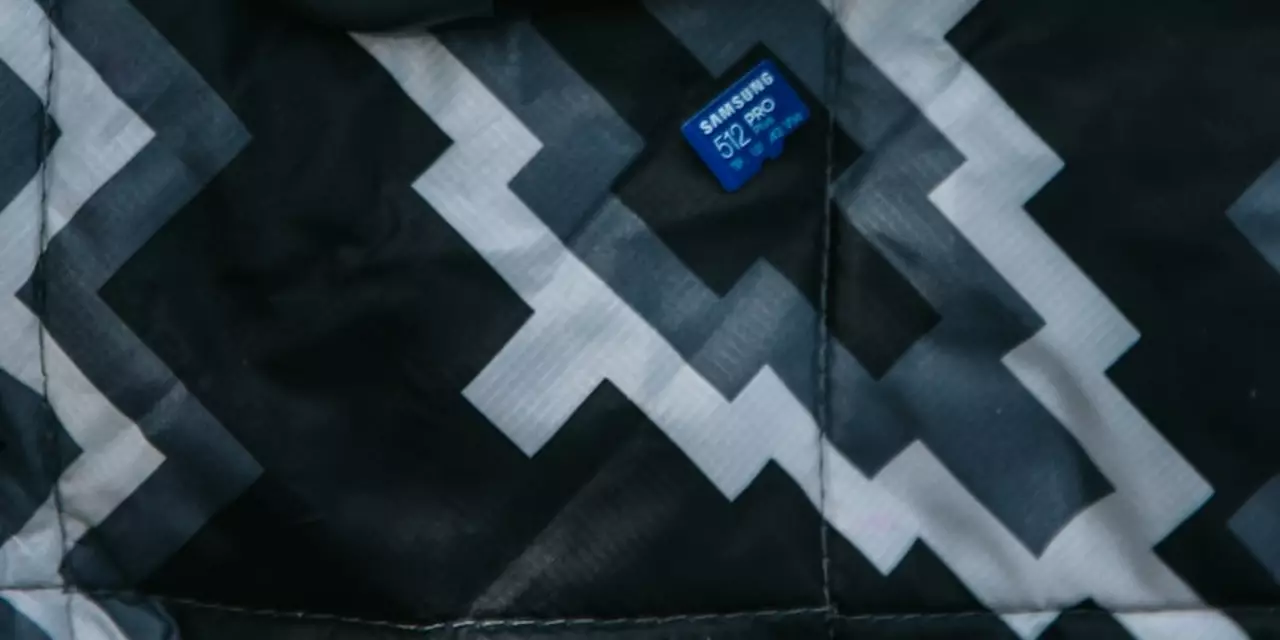
How to develop games for Nintendo Switch?
The Nintendo Switch is a popular game console that is used to play games. In order to develop games for the Switch, developers need to have a Nintendo Switch Development Kit, which includes the necessary tools and software. Additionally, developers will need to obtain a Switch Developer Account, register their game, and have an understanding of the development process. The development process involves designing the game, coding it, testing it, and making sure the game meets Nintendo's requirements. Once the game is finished, it must be submitted to Nintendo for approval and publication. With the right resources and knowledge, developing games for the Nintendo Switch can be a rewarding experience.
